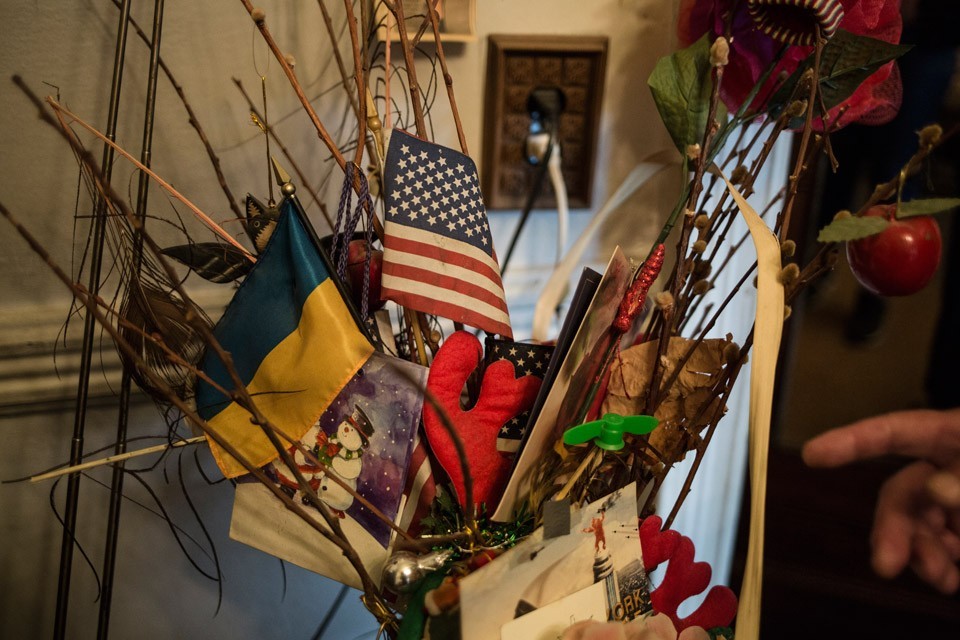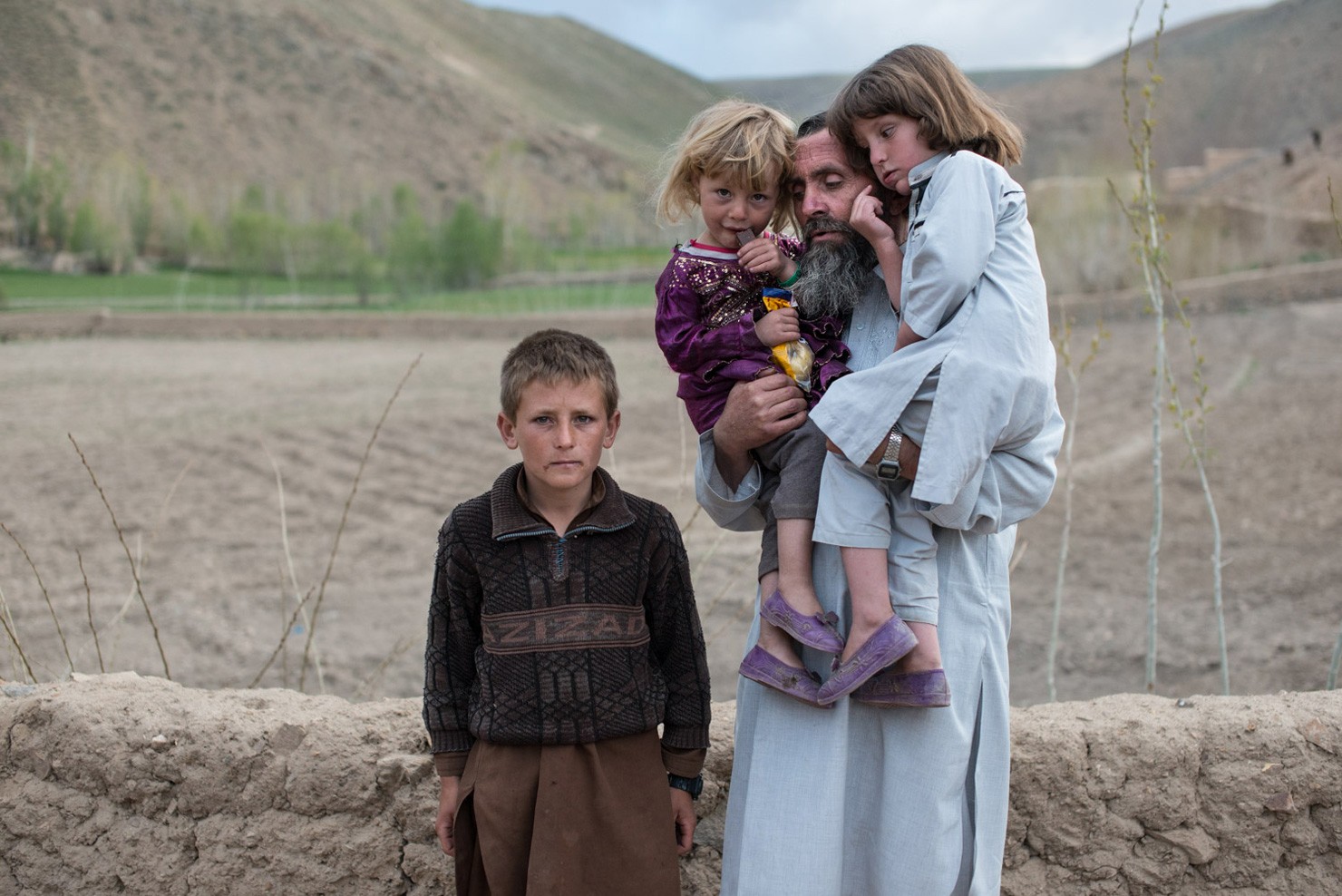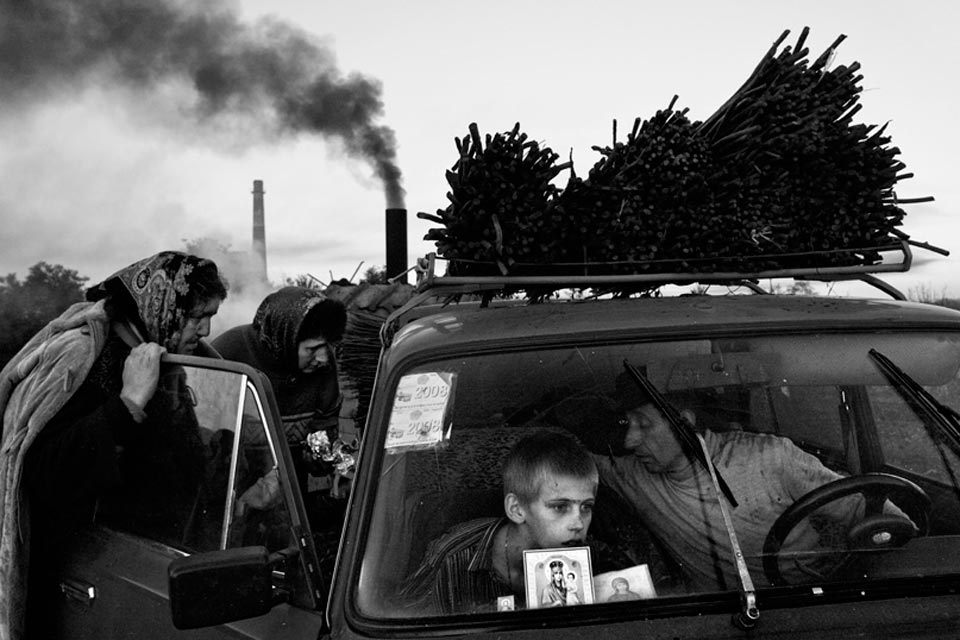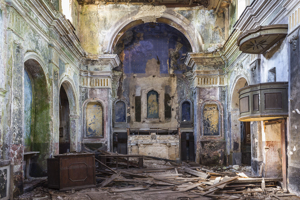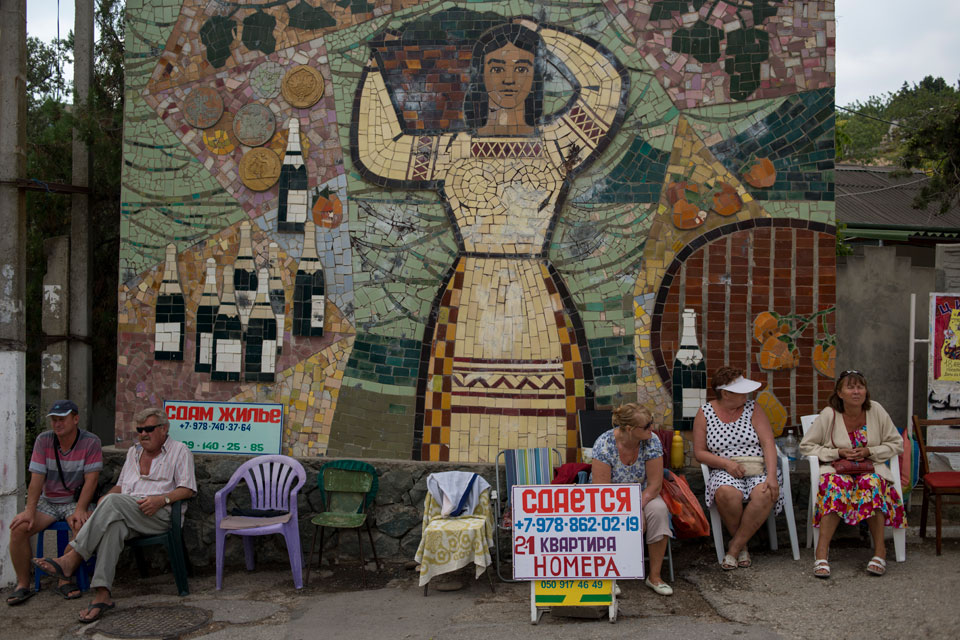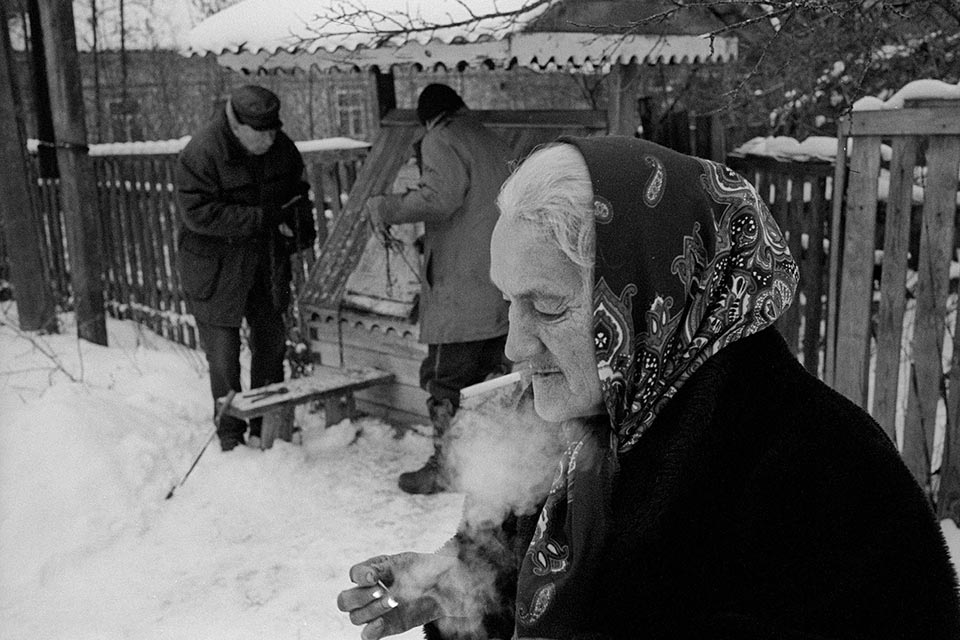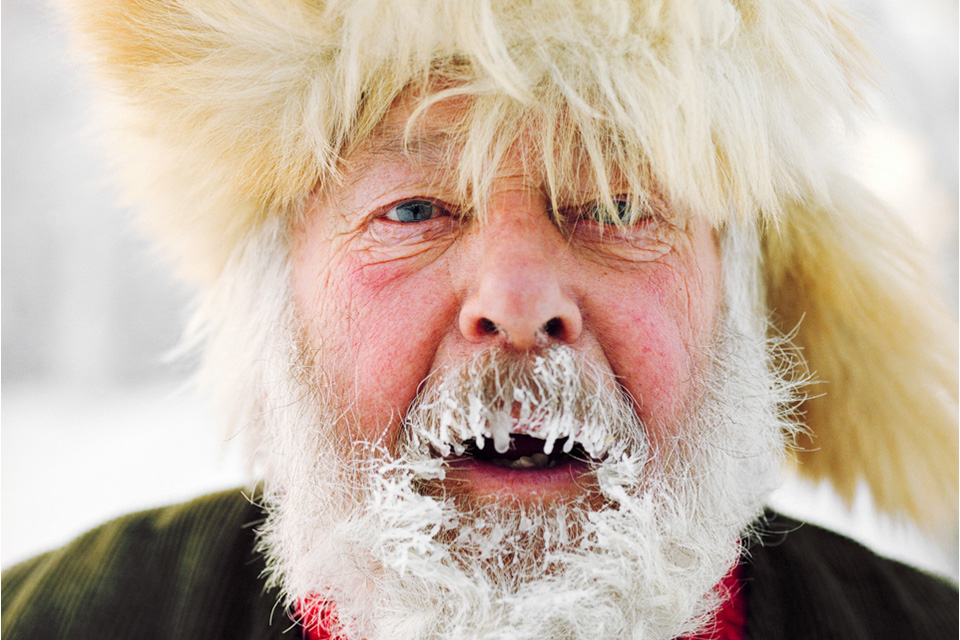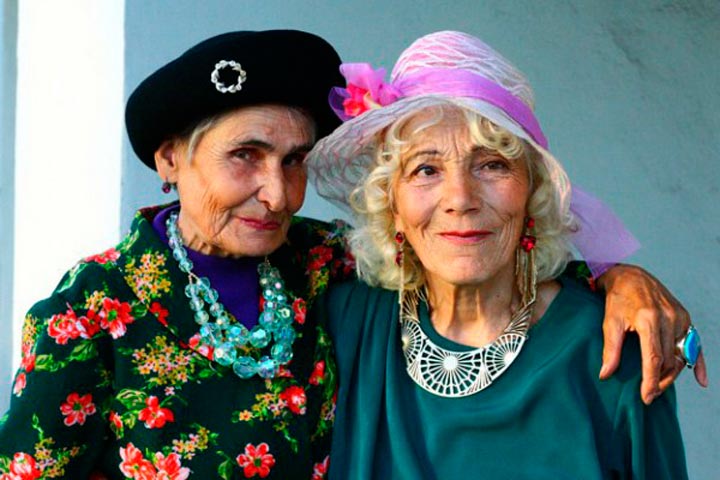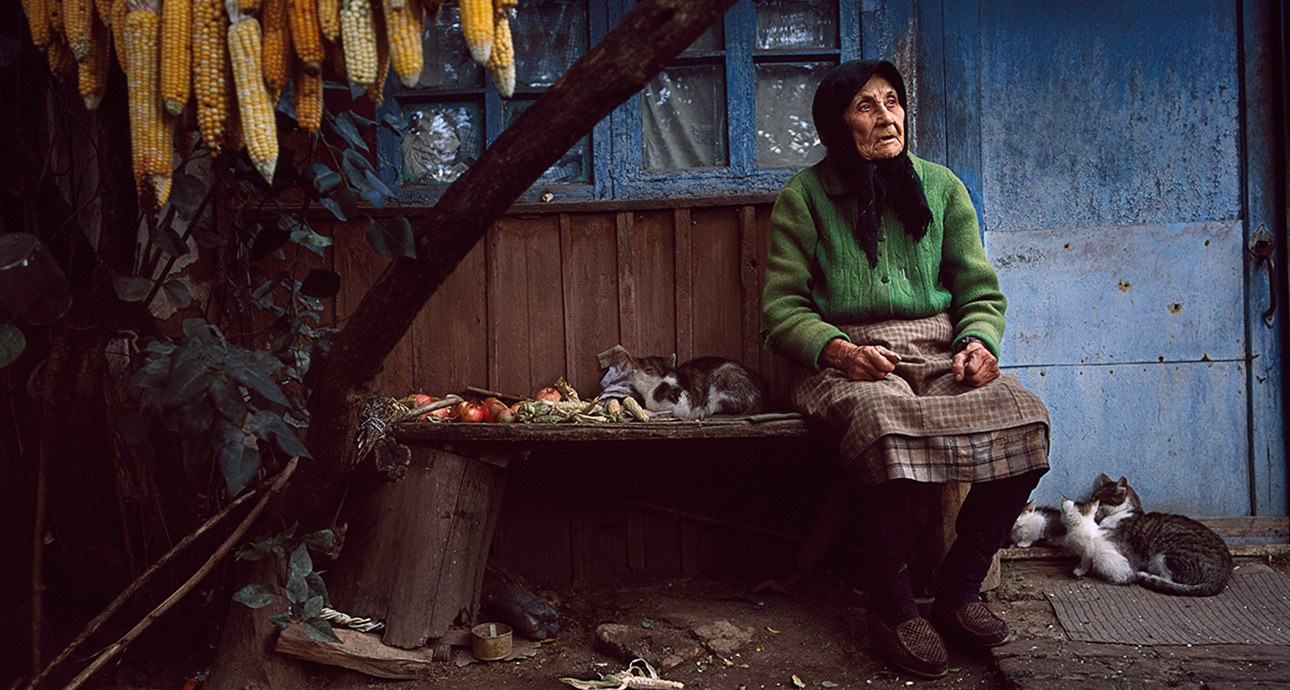
Land of No Return: The Dying Ukrainian Village in Viktoria Sorochinski’s Project

Canadian photographer, who was born in Ukraine, and, currently, lives in Berlin, Germany. She acquired her Masters of Fine Arts from New York University. She has had personal and group exhibitions in Germany, Austria, Switzerland, France, Italy, Portugal, Ukraine, Russia, Georgia, China, USA, Canada, Argentina, and Colombia. Sorochinski is also a winner and finalist of multiple international photography competitions and awards.
The idea for this project came to me when, after several years of immigration, I returned for the first time to my homeland – to a little Ukrainian village where my grandfather and my great-grandmother used to live. My memories about the time when we would come with my whole family to spend the summer there were filled with happiness and light.
However, the picture that I saw was far from the one I had cherished in my childhood memories. I was astonished at how lifeless and miserable the village looked. Young people have migrated to the cities; those who remained were almost exclusively the elderly living out their last days in misery, incapable of maintaining their own gardens anymore. Neglected not only by the government but often abandoned even by their families, they are gradually disappearing, together with their traditions and their deteriorating homes. When I saw all this, I realized that it was my duty to commemorate the last witnesses of the life and culture that will soon be known only from the history books.
I came to Ukraine several times over the last 10 years and photographed the villages surrounding its capital.
In the beginning it was difficult to find the right approach, and my first attempts came out too sentimental.
It was as if I was trying to juxtapose my childhood memories with reality. Only a few years later I realized what I actually wanted to show: honest portraits of the people, along with their homes with which they have become one, living out their final days in Ukrainian villages.
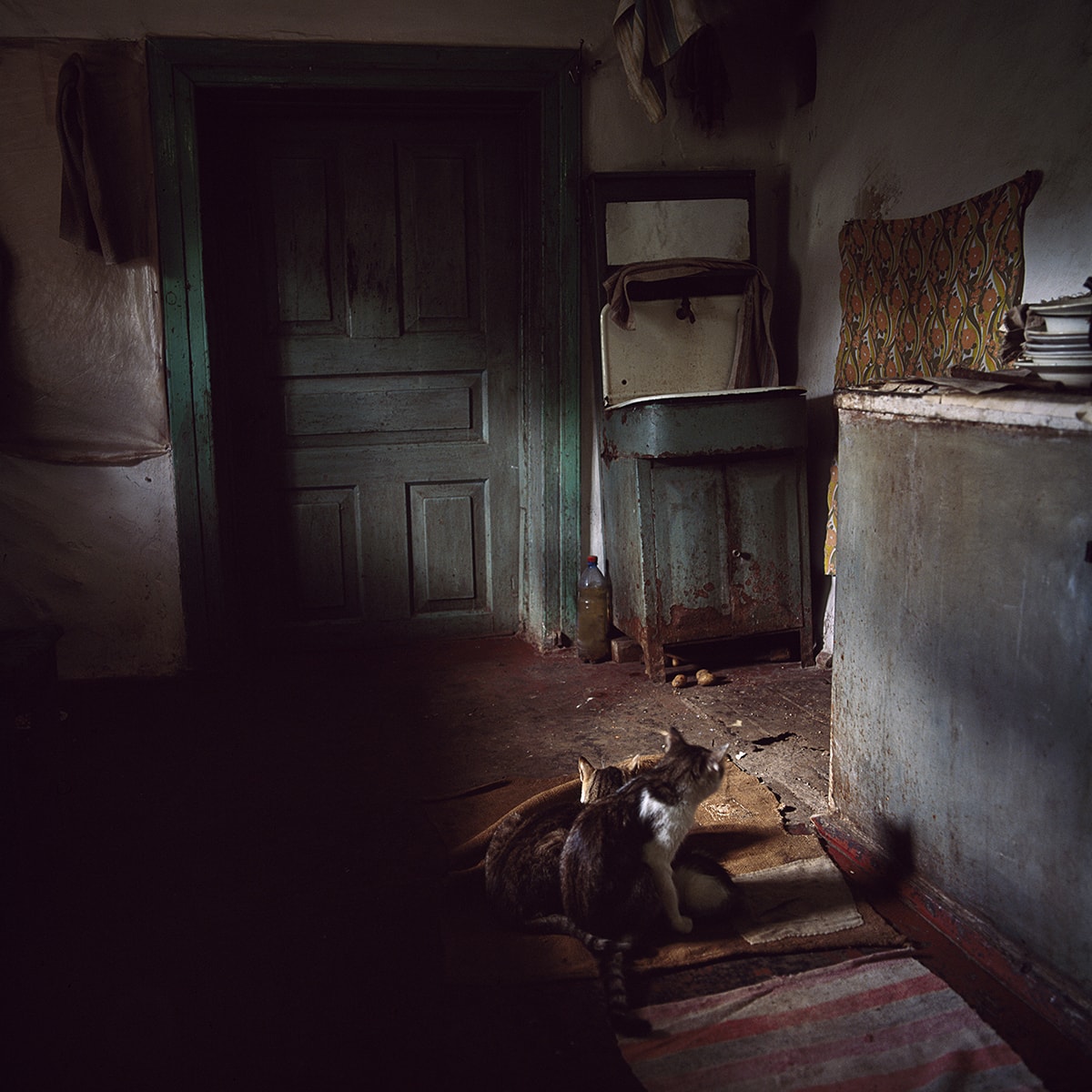
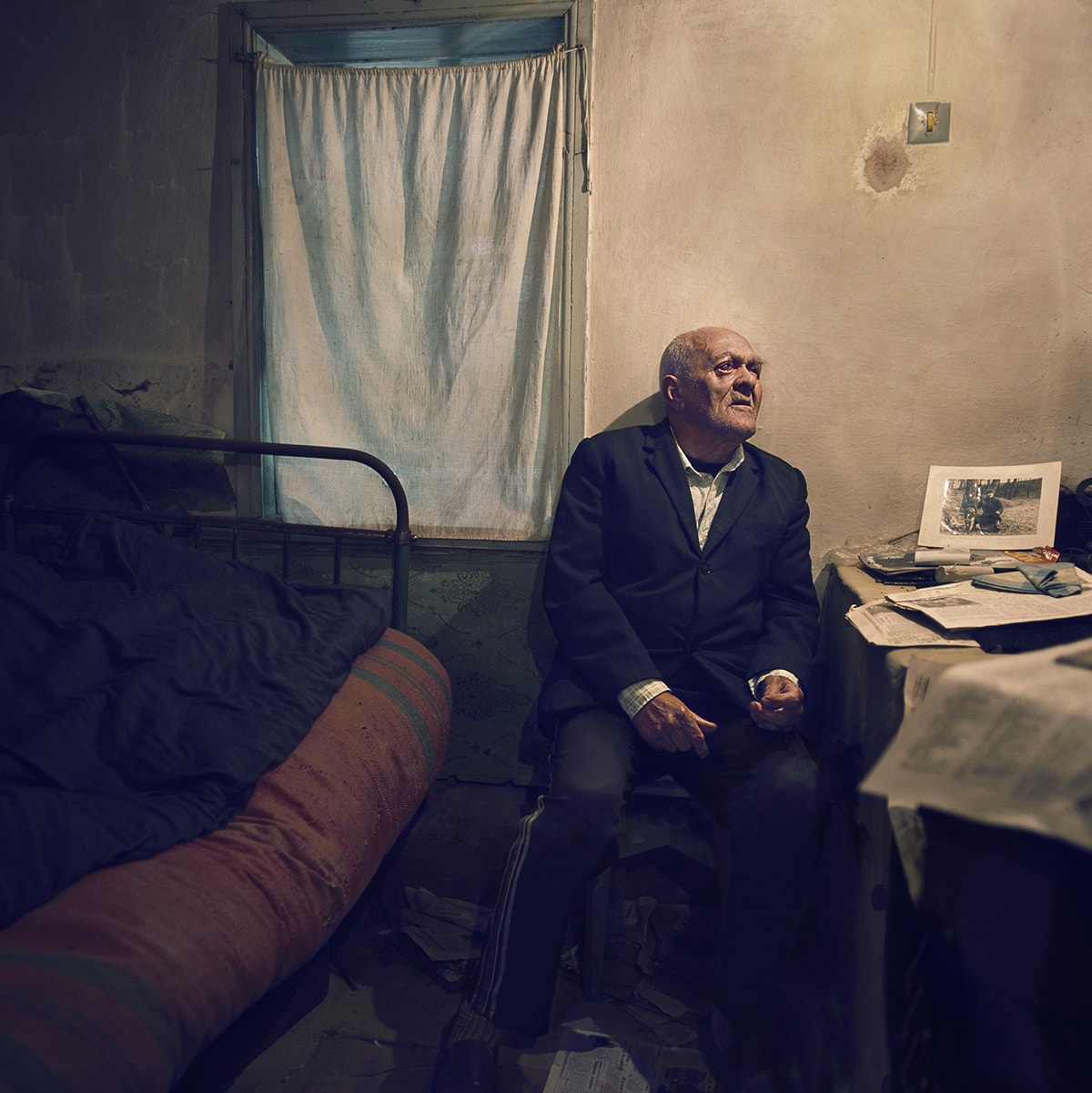
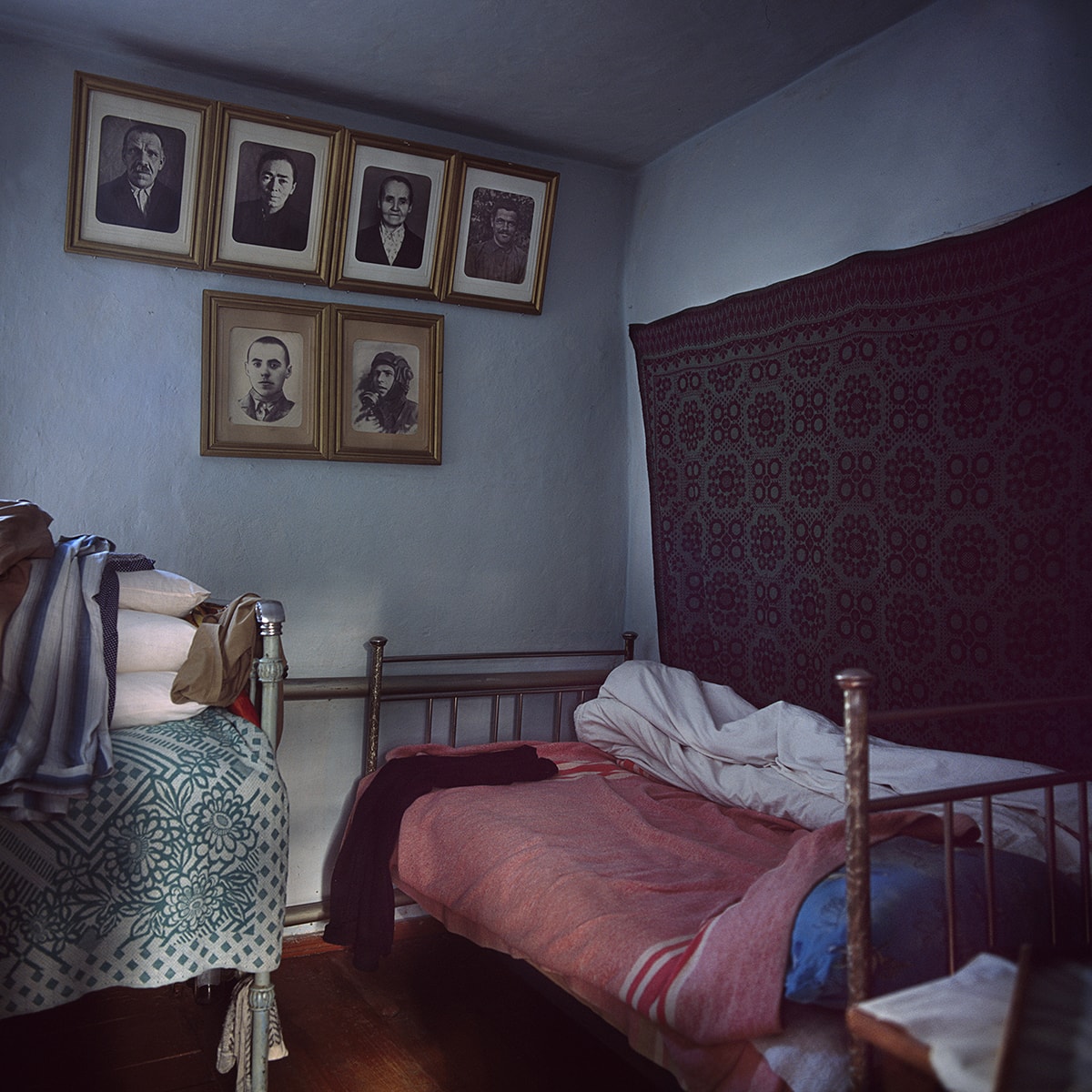
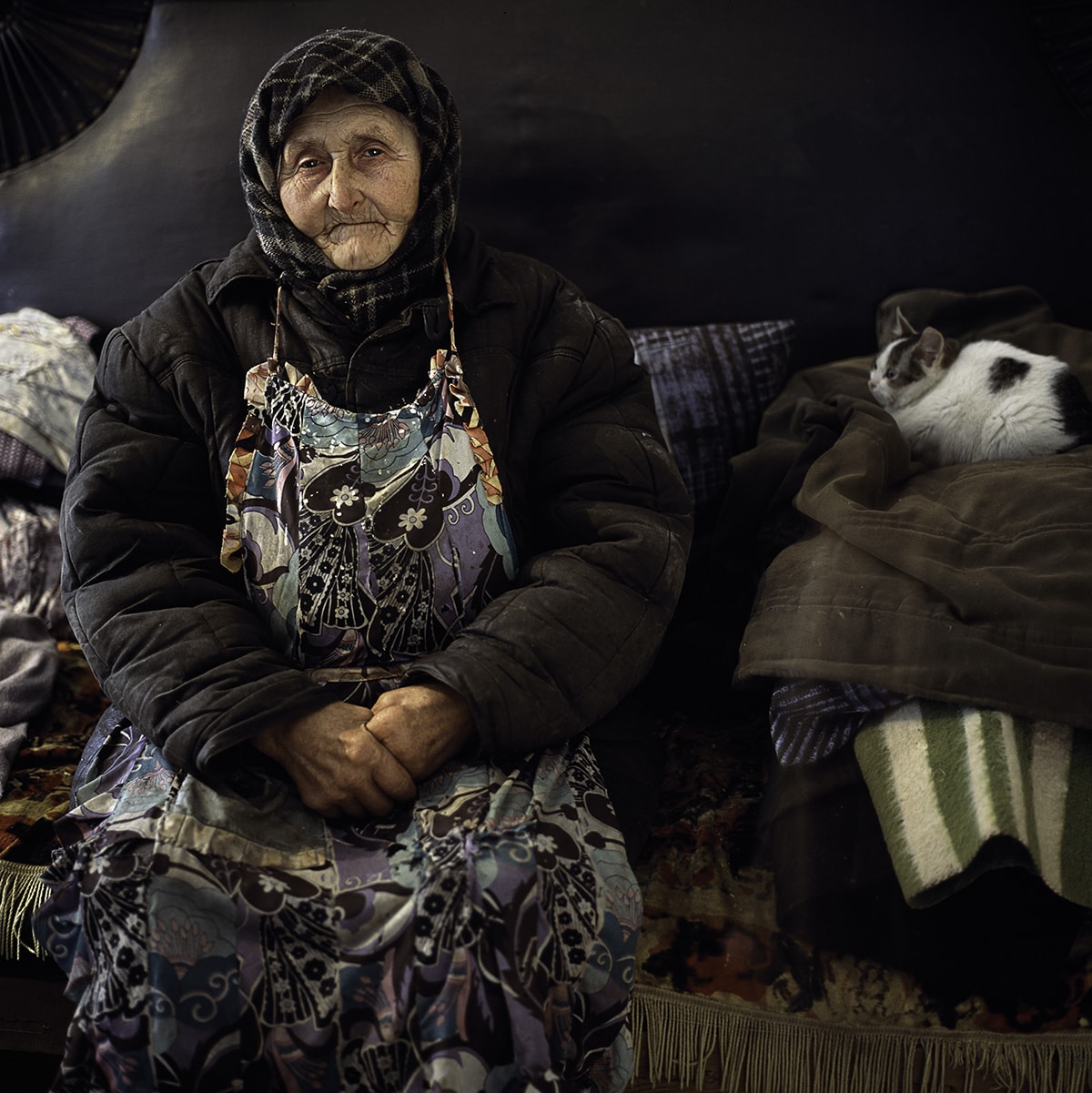
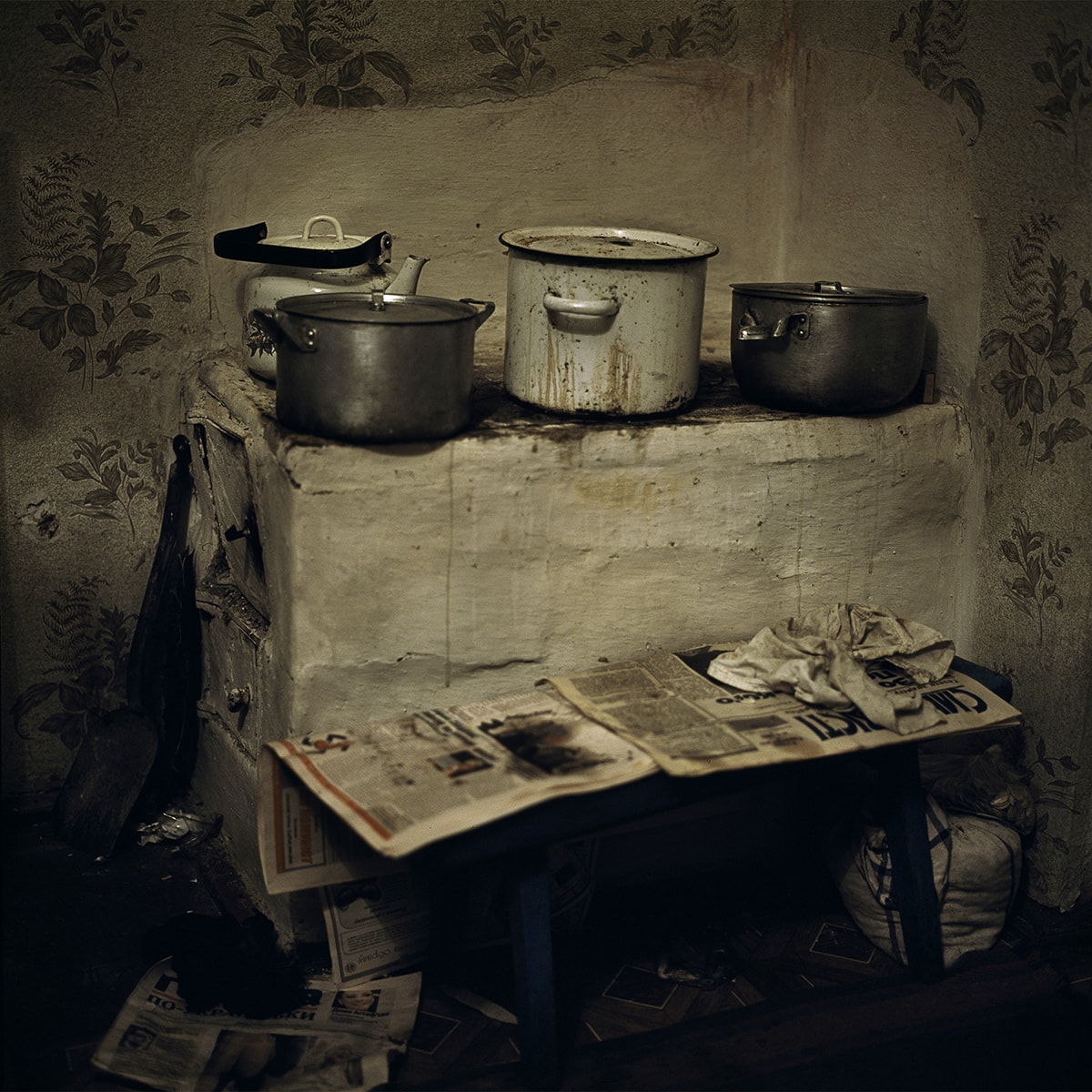
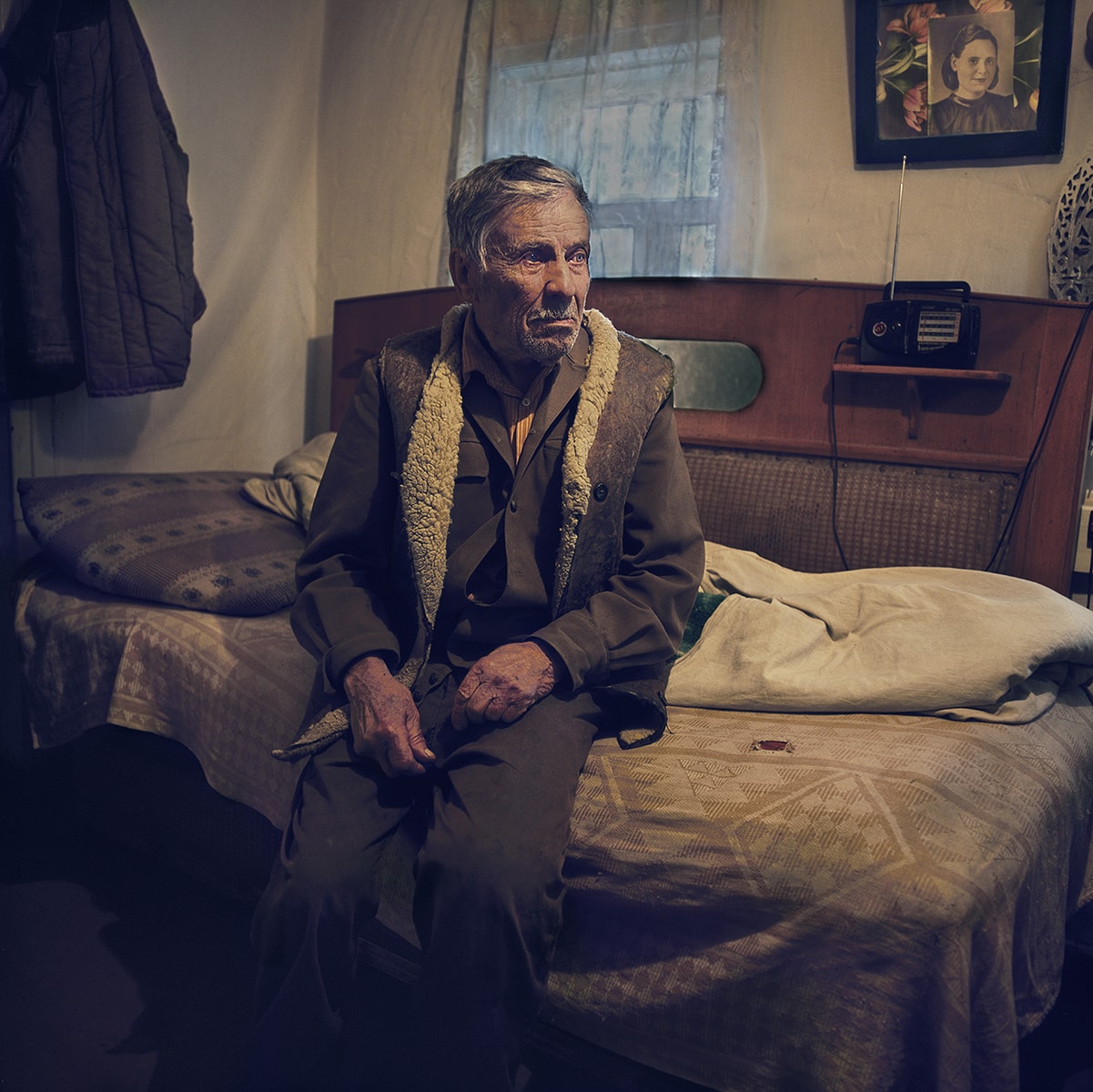
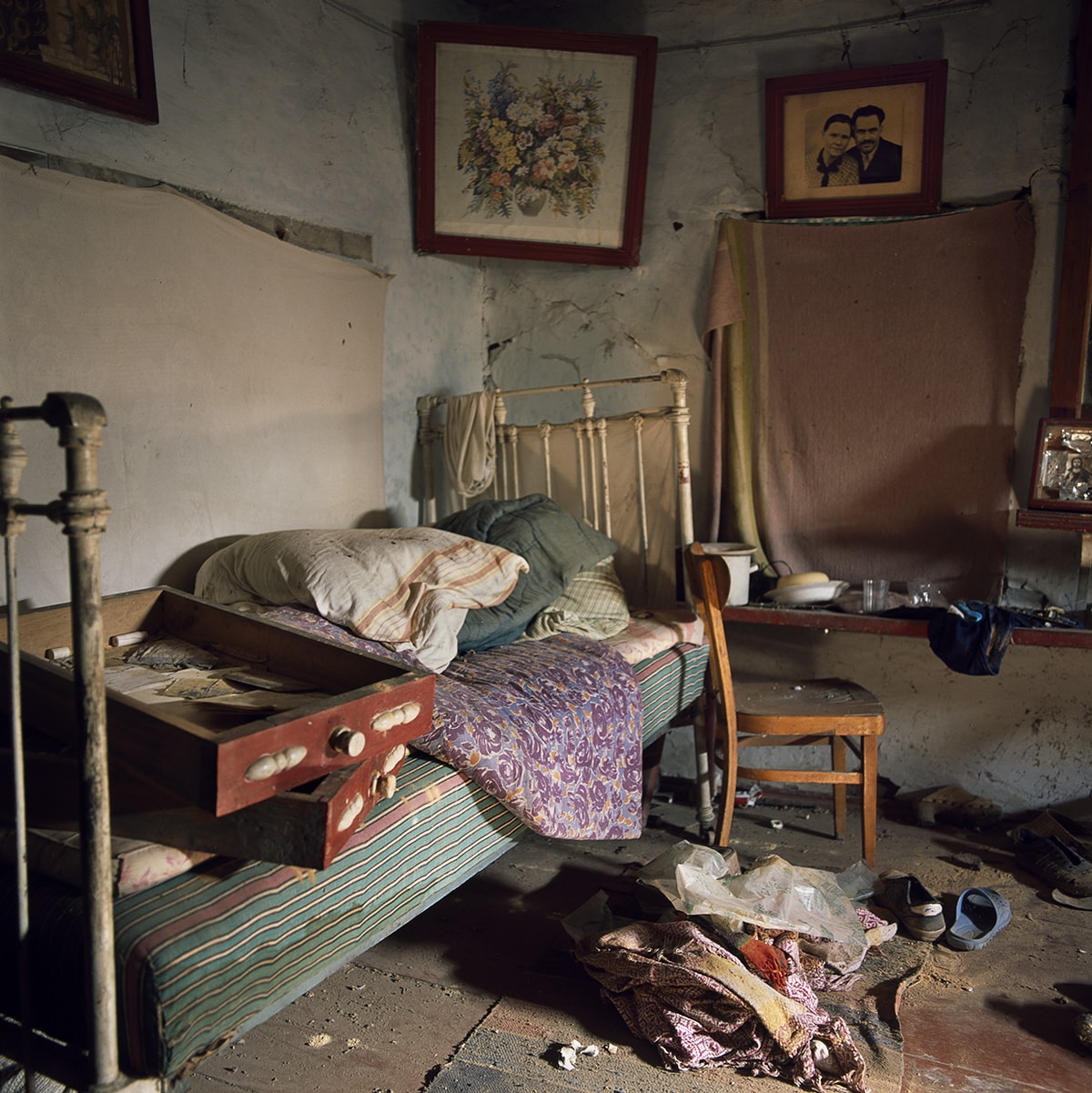
As opposed to my other projects that usually incorporate some staged elements, this series does not have the slightest bit of fantasy. All I have done was ask them to freeze for a few moments, and often even that wasn’t necessary – the elderly were sitting still all on their own, as if they were in a semi-dream state.
Surprisingly, they were quite open to me, even though I was clearly a foreigner to them. They were letting me into their houses, and even seemed to be happy that someone had shown interest in them.
For me this series is a kind of tribute to the past. This project is the most personal of all my works because it is directly related to my grandfather and great-grandmother who were born, and who are buried, in one of these villages. My grandfather, who was a multidisciplinary artist and photographer, was also often inspired by the village and its inhabitants. He died when he was only 54-years-old, not long before all my family immigrated to Israel. When photographing this series I couldn’t help but think about how he would have perceived the last remains of the reality that was once his own.
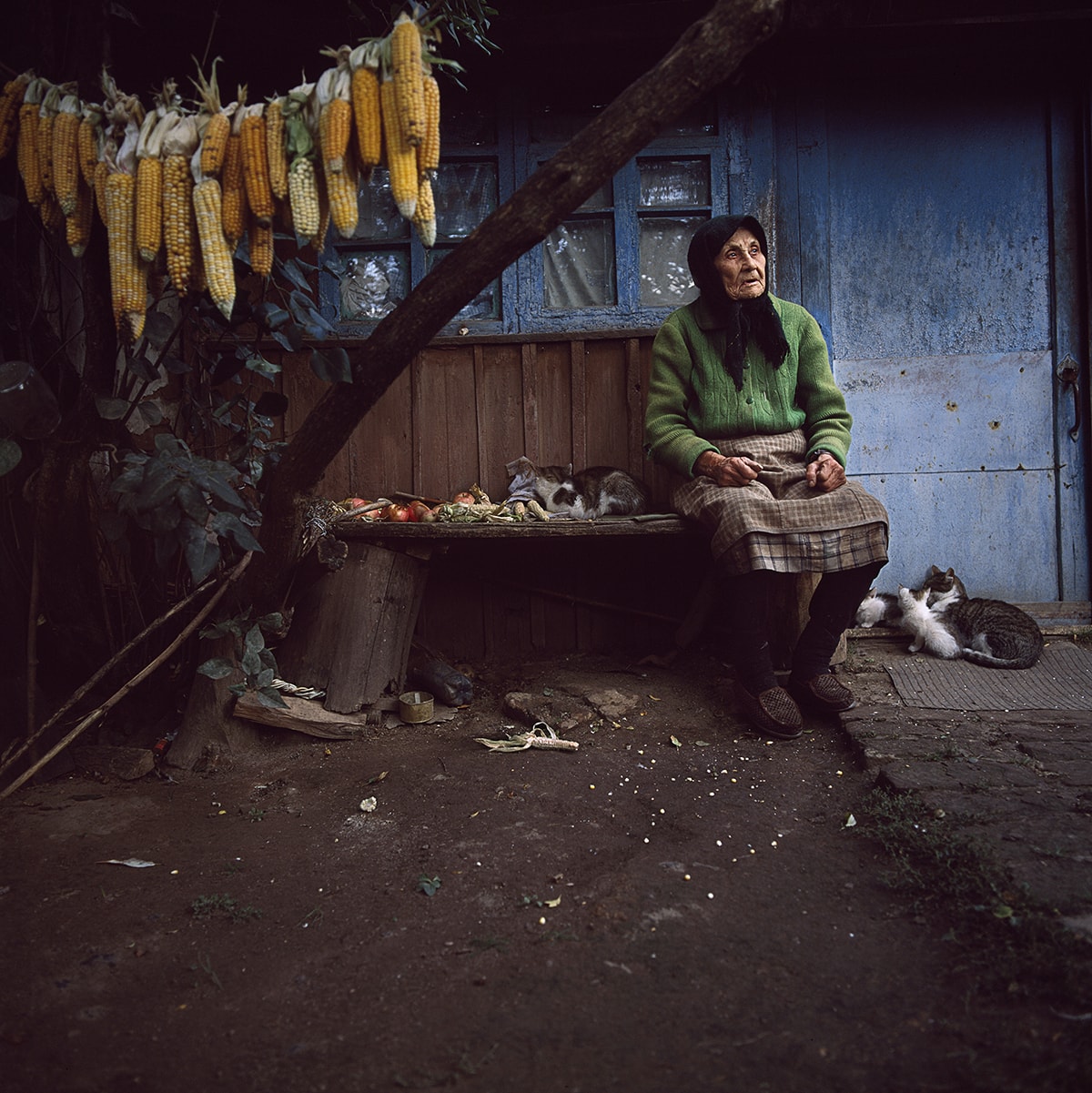
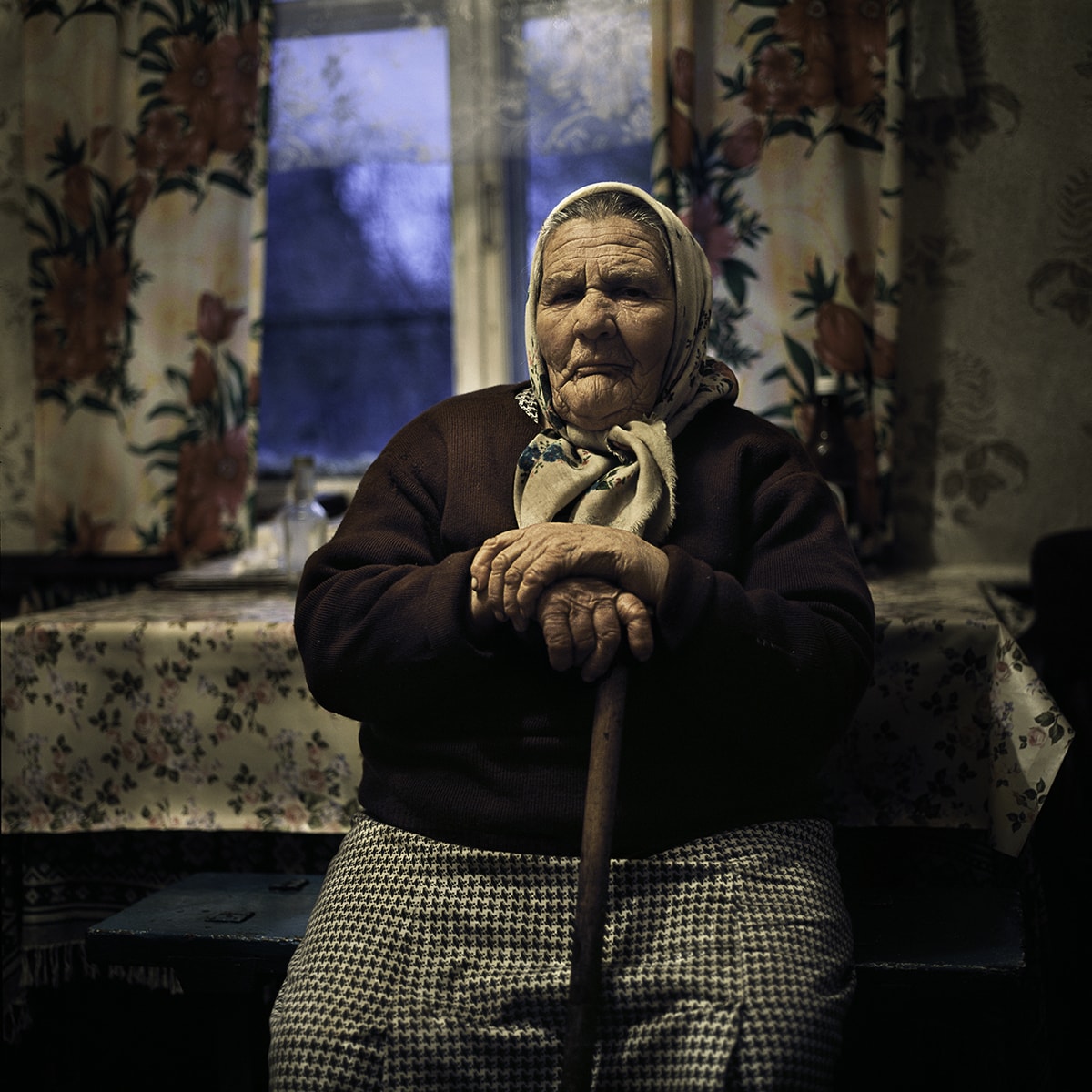
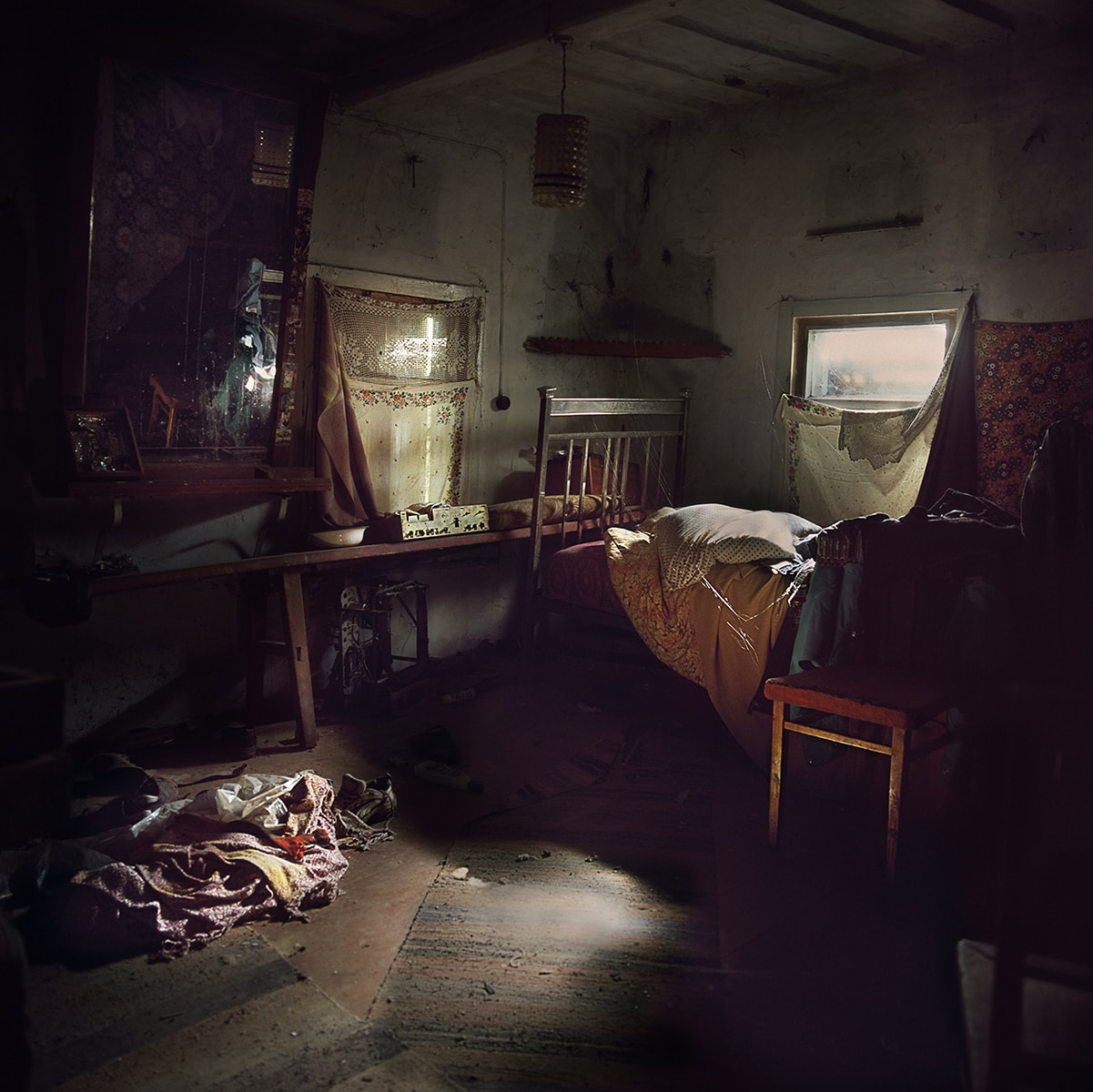
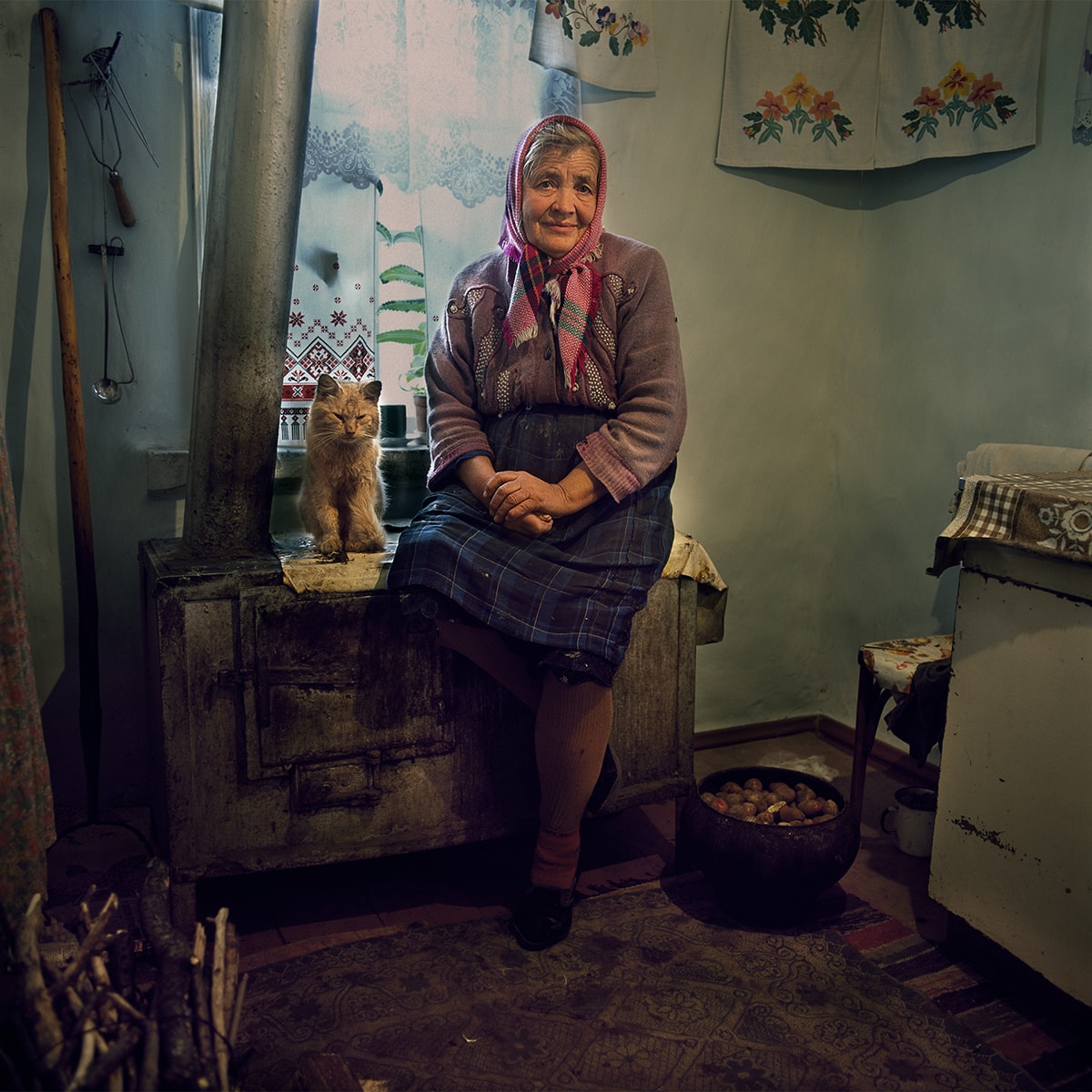
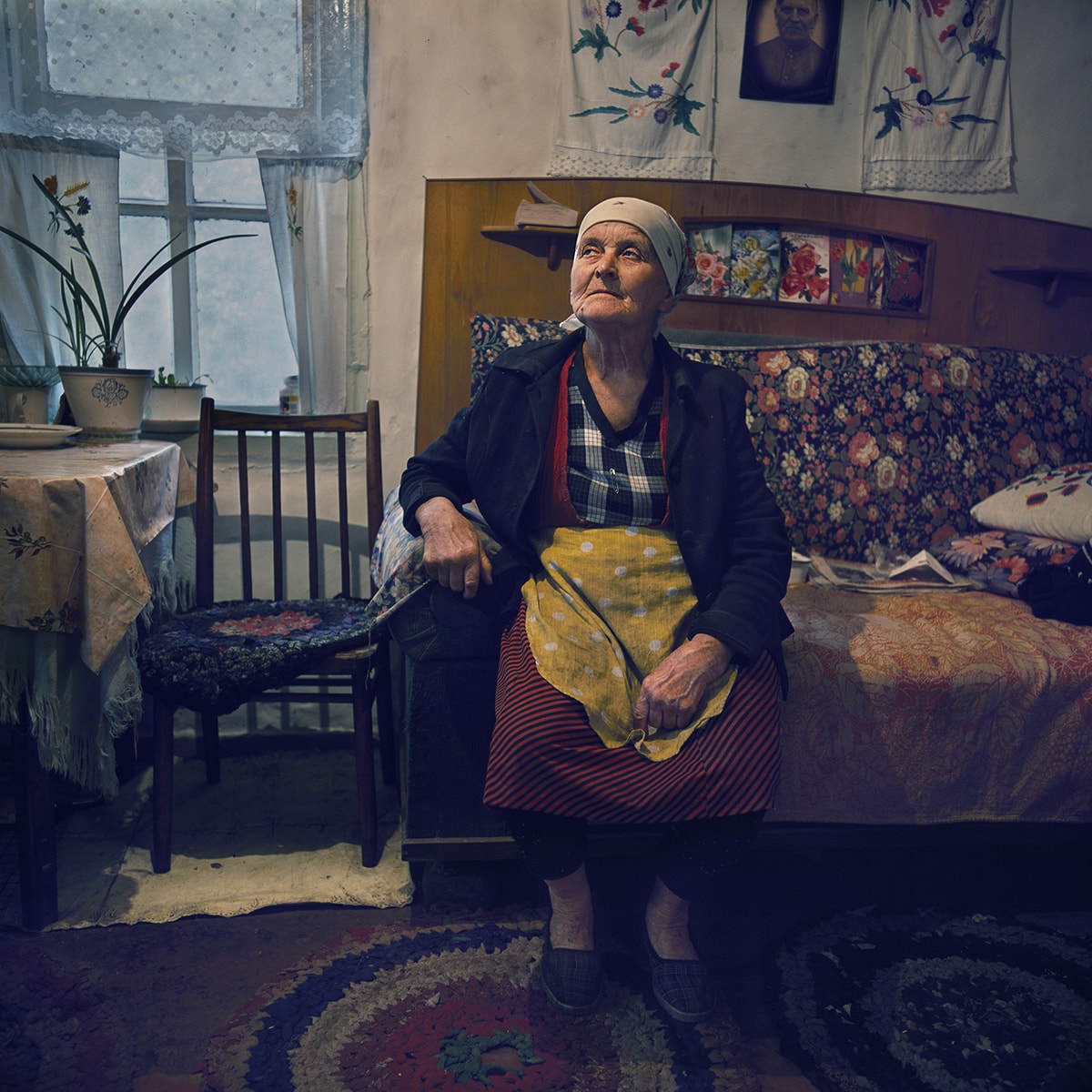
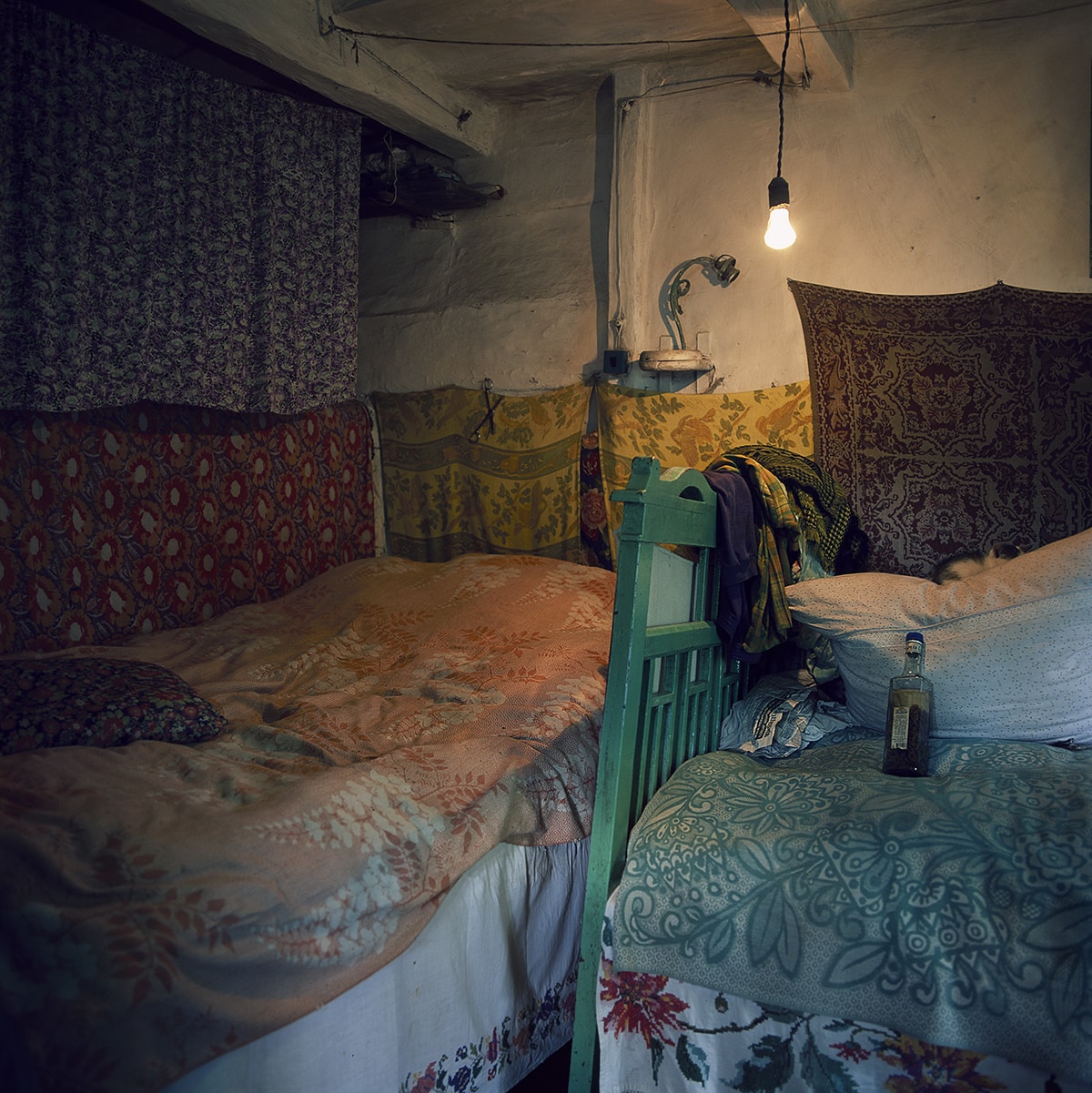
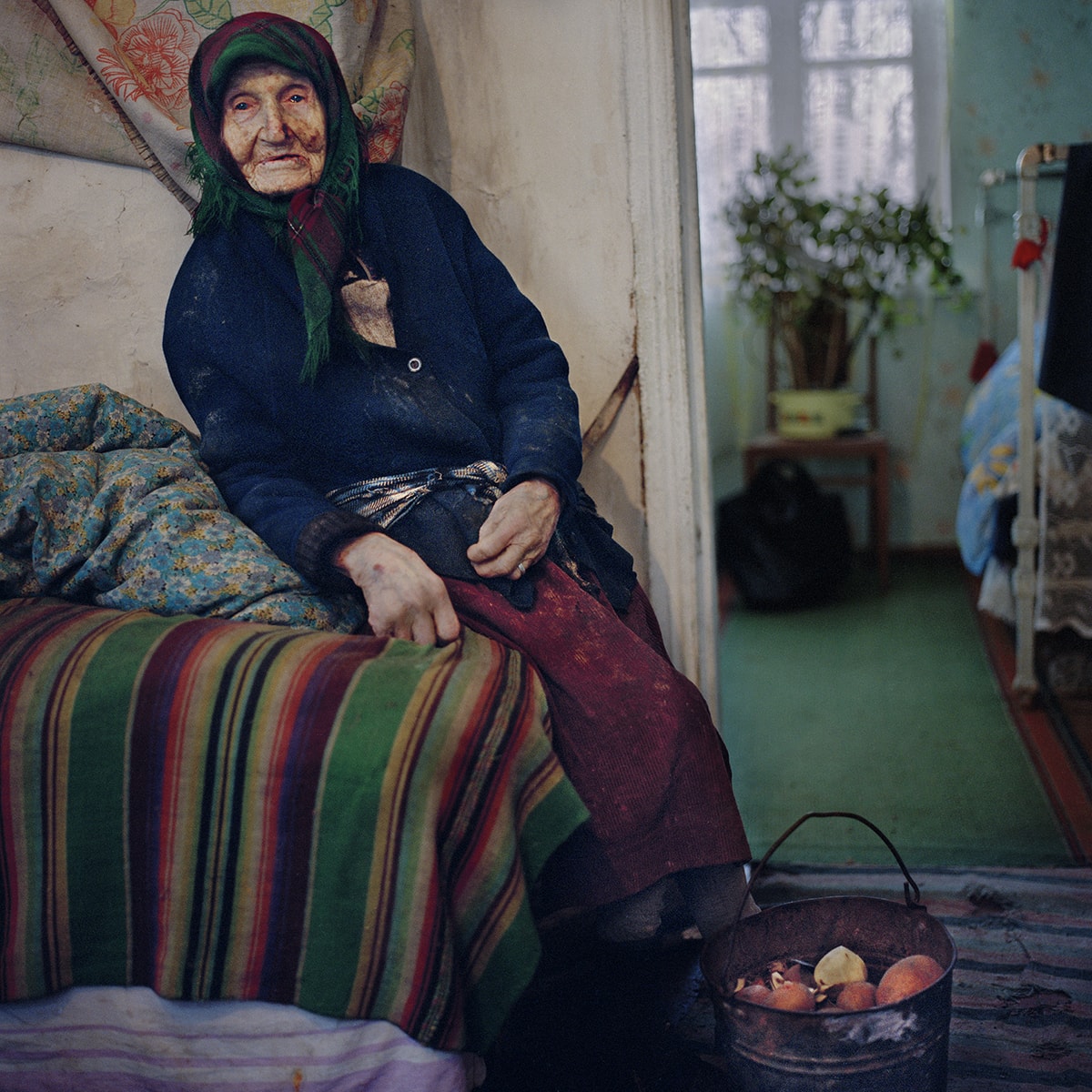
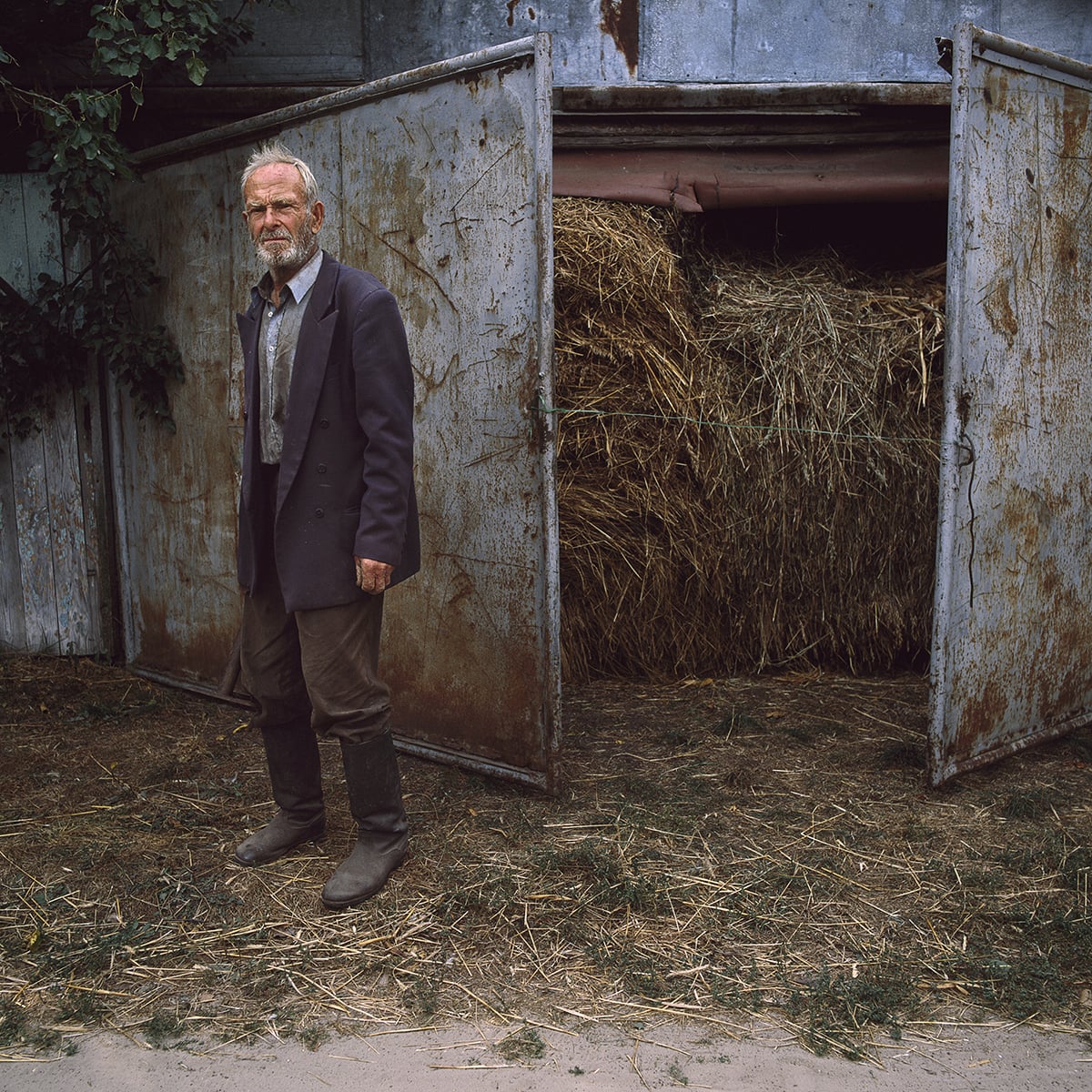
New and best
